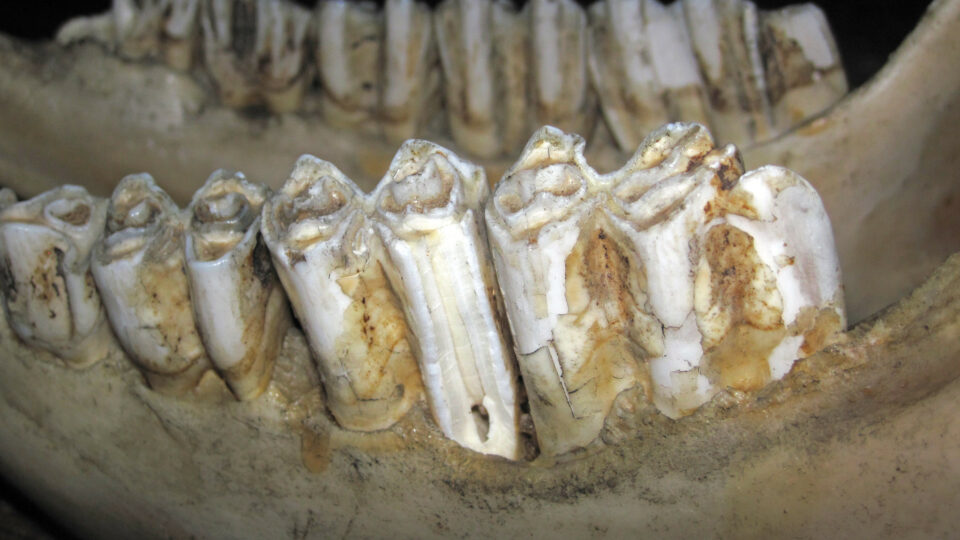A new study by the University of Colorado Boulder looked at the trends in the number and size of farms around the world starting from the 1960s and projecting through the end of the 21st century.
The analysis shows that the number of farms globally will shrink in half while the size of the average existing farms doubles.
The study used data from the UN Food and Agricultural Organization on agricultural area, GDP per capita, and rural population size of more than 180 countries. The analysis found that the number of farms around the world would drop from 616 million in 2020 to 272 million in 2100. A key reason for the trend is that as a country’s economy grows, more people migrate to urban areas, leaving fewer people in rural areas to tend the land.
This decline has been ongoing in the US and Europe for decades. For example, in the US, there were 200,000 fewer farms in 2022 than in 2007.
This trend has troubling consequences. Larger farms typically have less biodiversity and more monocultures. The greater biodiversity and crop diversity of smaller farms makes them more resilient to pest outbreaks and climate shocks.
Currently, 600 million farms provide for 8 billion people. By the end of the century, it is likely that half the number of farmers will be feeding even more people. That is a weighty responsibility for agricultural workers. Support systems and education for farmers becomes ever more important.
**********
Web Links
The number of farms in the world is declining, here’s why it matters to you
Photo, posted January 18, 2011, courtesy of 2010 CIAT / Neil Palmer via Flickr.
Earth Wise is a production of WAMC Northeast Public Radio

